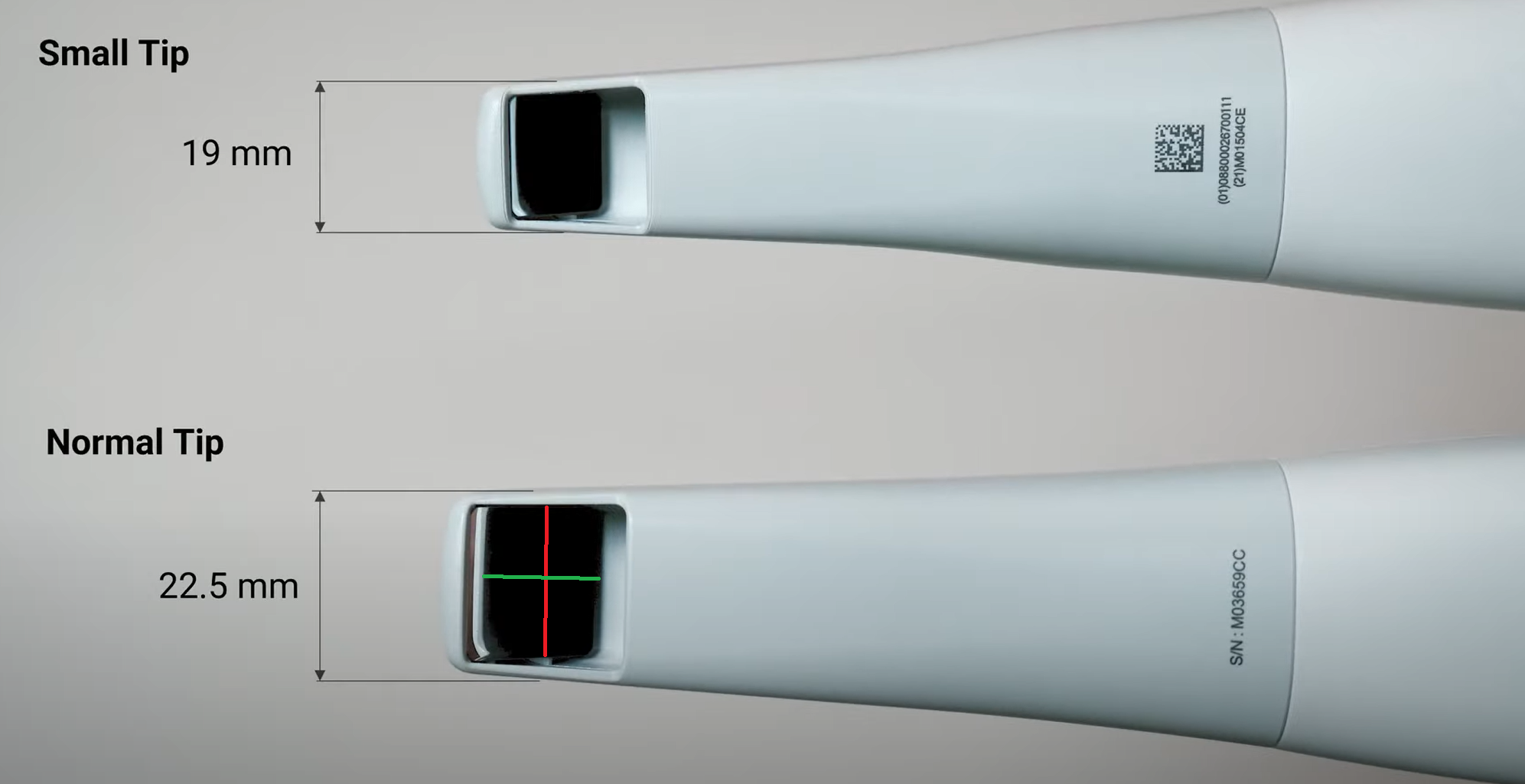
An often overlooked characteristics of an intra-oral scanner is the scan area / window. The larger the area, the more likely it is that your scanner will stay on track and not derail and introduce errors. In this video, we demonstrate how a small scan area, rendered either digitally or by small sized tips, can readily introduce errors known as the Veersing Effect. We can overcome this easily just by holding the camera in a proper orientation. Some scanners make this much easier because of their tip dimensions. The Trios 5 is 19mm x 13mm, the Medit tip is 15 x 13, and the DEXIS 3800 Side Tip can capture up to 19.6 mms. The 19 mm tip size makes these scanners the preferred ones for larger implant cases with extended edentulous spaces between the suprastructures.
In the video below, we will explain how the capture window size (field of view) affects the accuracy of intraoral scanning and provide tips on how to optimize the capture of data during scanning


















You must log in to post a comment.